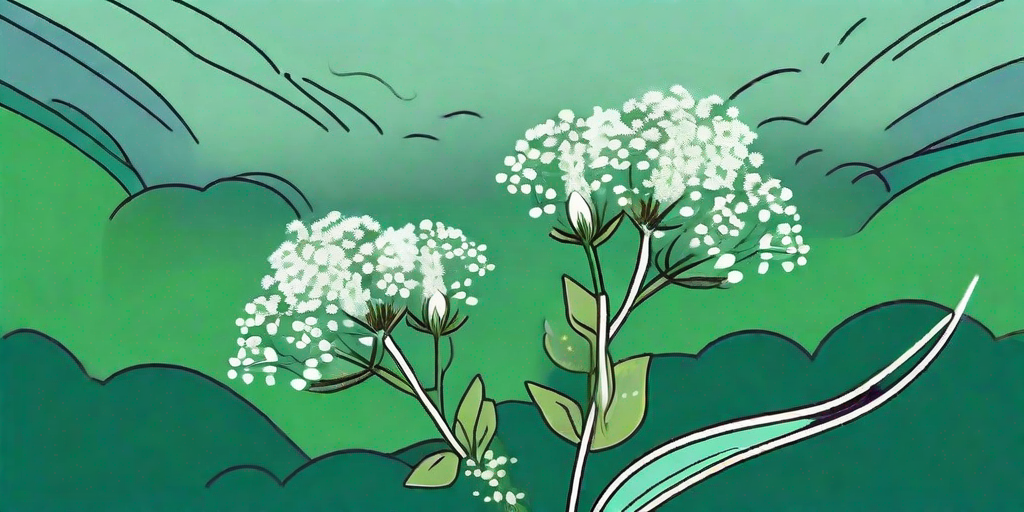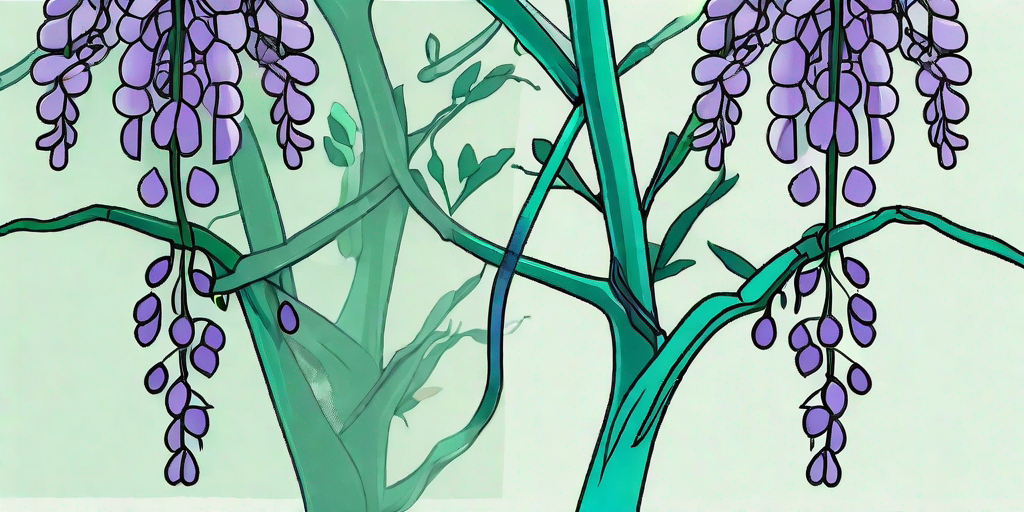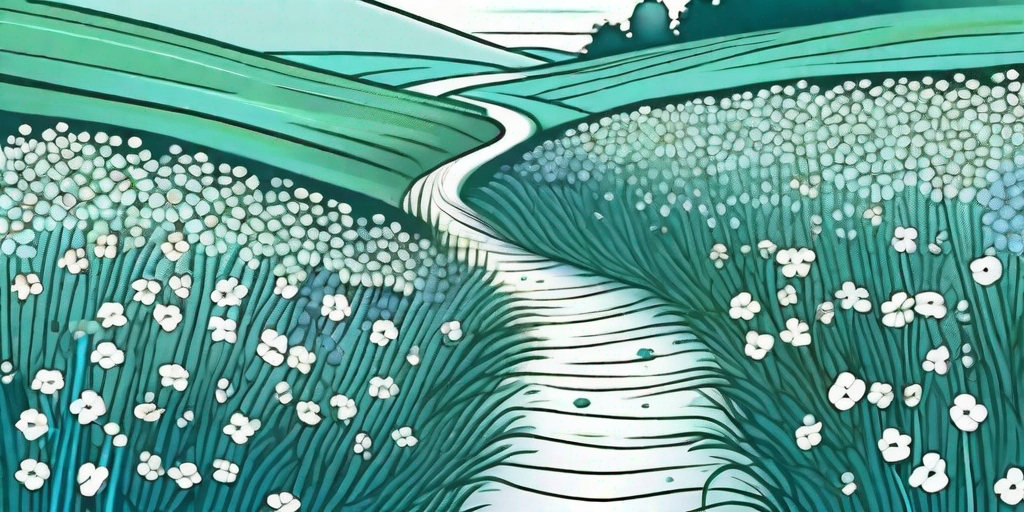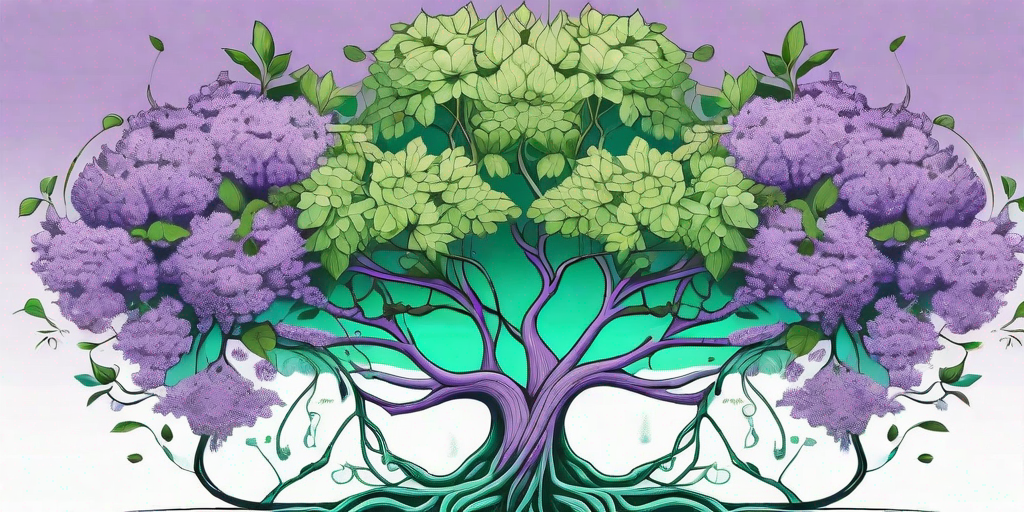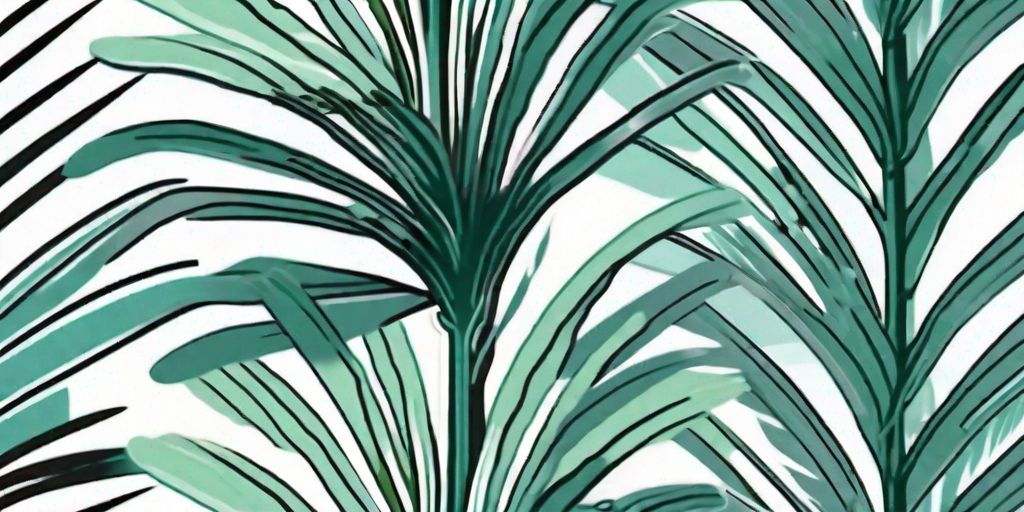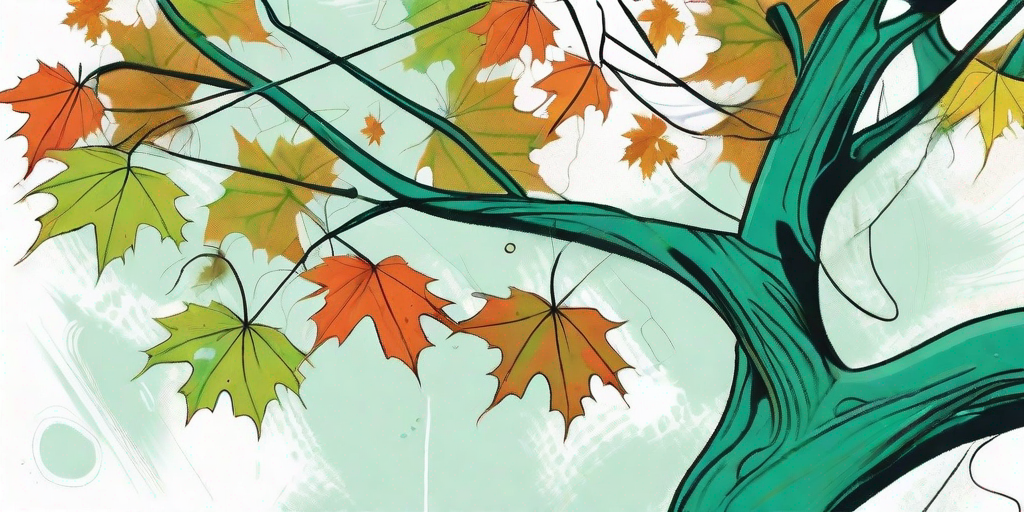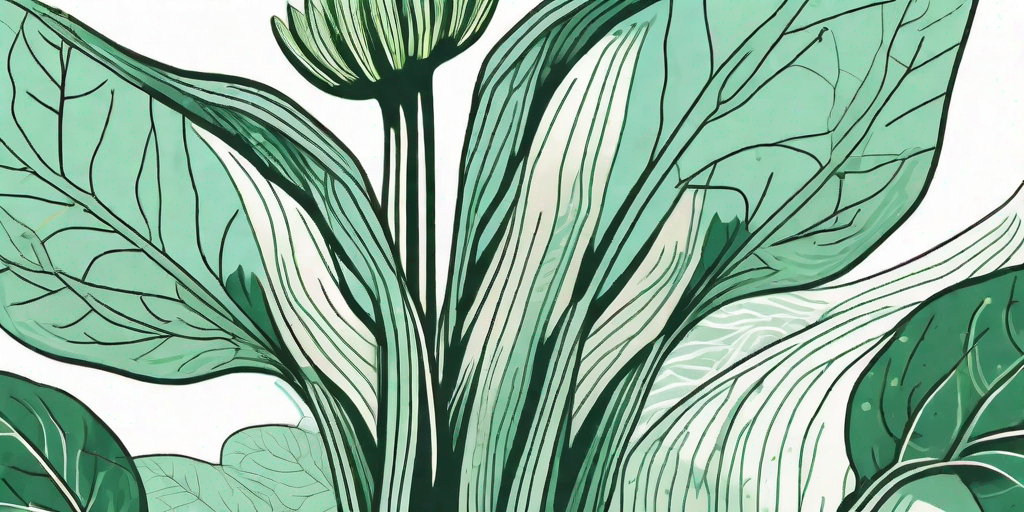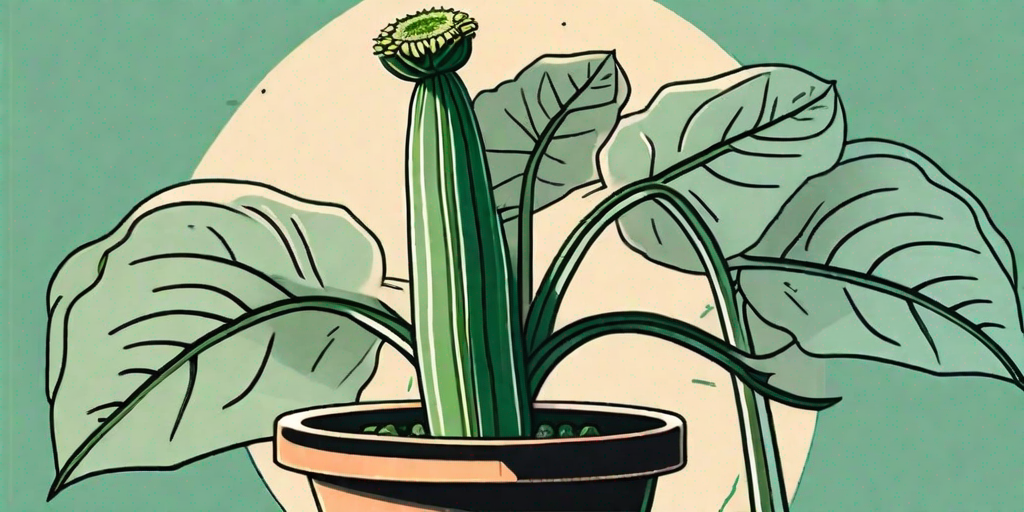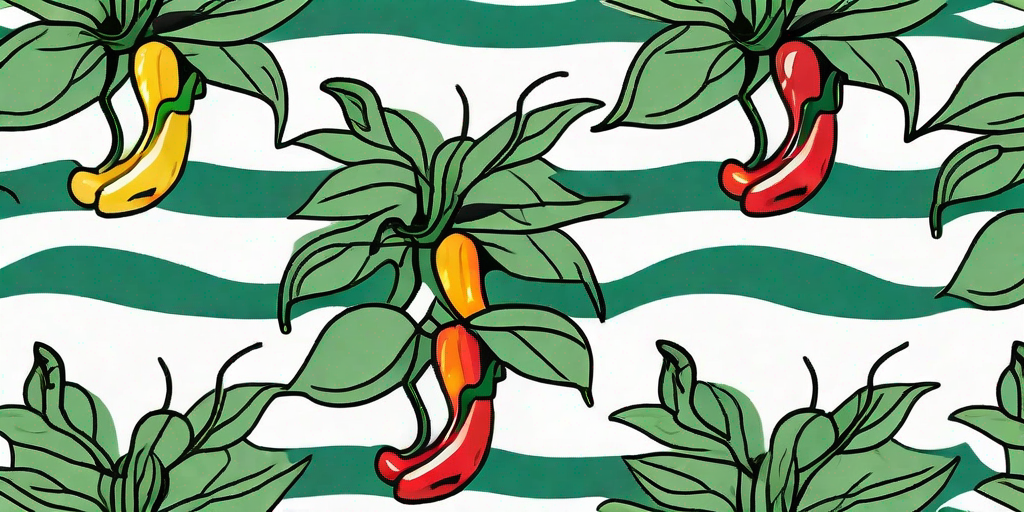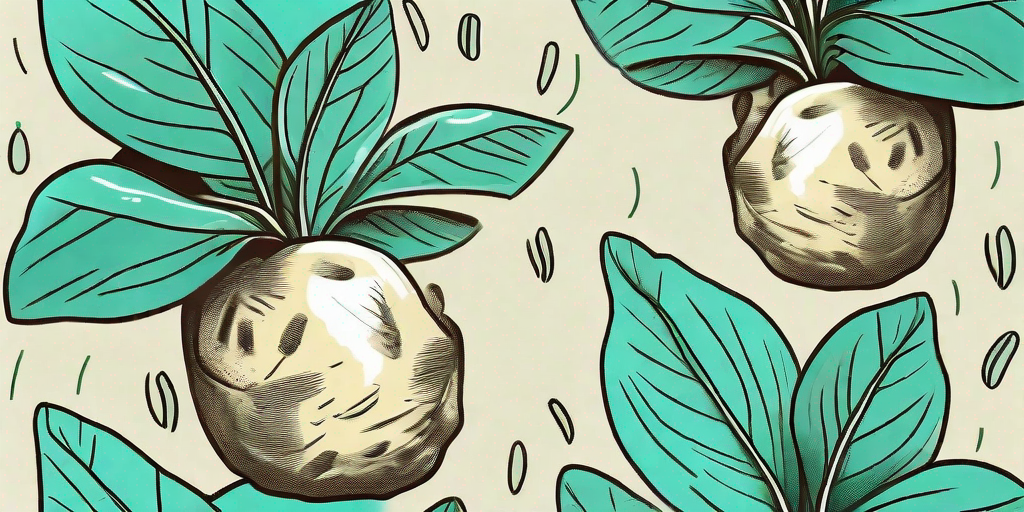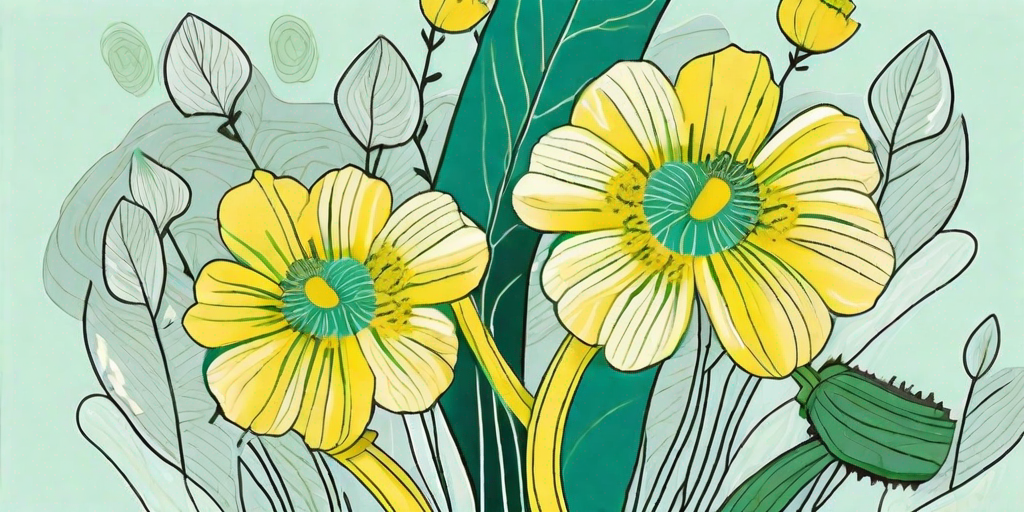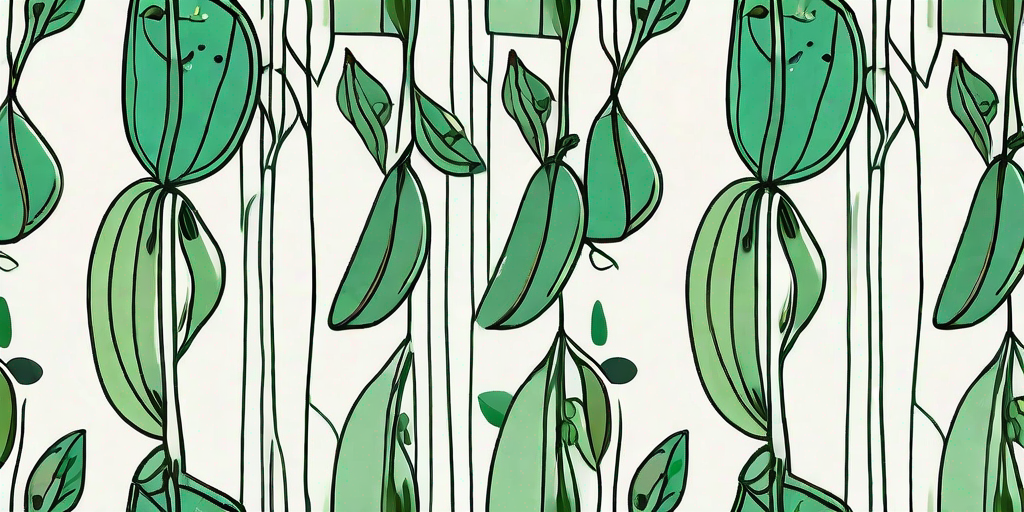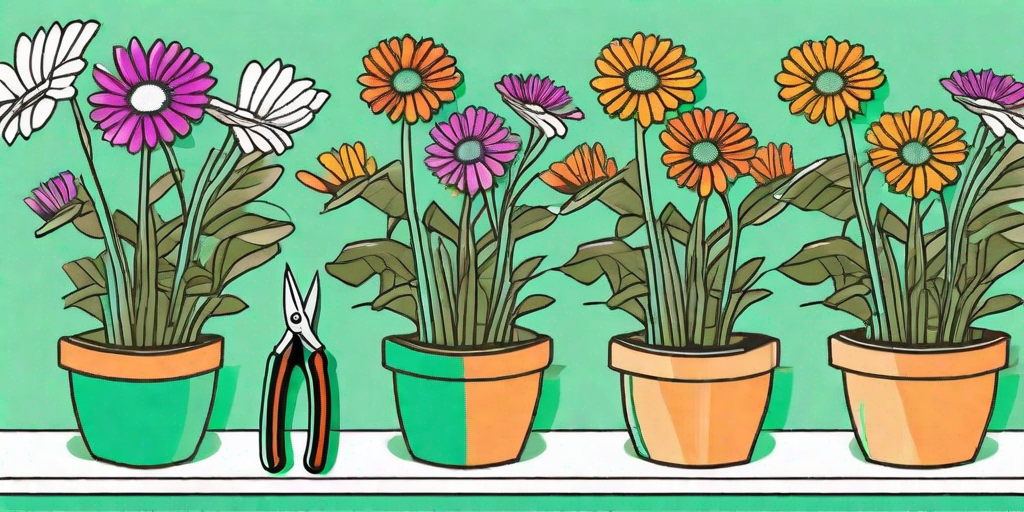
Let's cut to the chase, shall we? There's a rumor floating around that Baby's Breath, a common plant used in floral arrangements, is toxic. This myth has caused a lot of unnecessary panic among plant enthusiasts and parents alike. But is there any truth to it? Let's dive in and find out.
The Origin of the Myth
The myth of Baby's Breath toxicity seems to have originated from a simple case of mistaken identity. You see, there's a plant called Baby's Breath (Gypsophila paniculata) and then there's a plant called Poison Hemlock (Conium maculatum). The two plants, while both members of the botanical world, couldn't be more different.
Poison Hemlock, as the name suggests, is indeed toxic. In fact, it's one of the most toxic plants in North America. On the other hand, Baby's Breath is a harmless plant often used in bouquets and floral arrangements. It's easy to see how someone could get the two confused, especially if they're not familiar with plant identification.
The Facts About Baby's Breath
Now that we've cleared up the origin of the myth, let's get down to the nitty-gritty. Is Baby's Breath toxic? The short answer is no. The long answer is... still no. But let's delve a little deeper into the facts about this plant.
Baby's Breath is a perennial plant native to Europe, Asia, and North Africa. It's known for its small, delicate white flowers and is a popular choice for wedding bouquets and boutonnieres. The plant is not considered toxic to humans or pets, and there's no scientific evidence to suggest otherwise.
What About Allergies?
While Baby's Breath isn't toxic, it can cause allergic reactions in some people. This is due to the pollen the plant produces. Symptoms can include sneezing, itchy eyes, and a runny nose. However, these reactions are typically mild and can be easily managed with over-the-counter antihistamines.
How to Handle Baby's Breath Safely
Even though Baby's Breath isn't toxic, it's still a good idea to handle it with care. After all, it's a plant, not a stuffed animal. Here are a few tips to keep in mind when dealing with Baby's Breath.
- Wear gloves. This can help prevent skin irritation and allergic reactions.
- Keep the plant out of reach of children and pets. While it's not toxic, it's still not something you want your toddler or dog munching on.
- Wash your hands after handling the plant. This can help remove any pollen that may have gotten on your skin.
FAQs
Is Baby's Breath toxic to cats?
No, Baby's Breath is not toxic to cats. However, it's still a good idea to keep the plant out of reach of your feline friends. Cats are known for their curiosity, and they might try to nibble on the plant, which could lead to a mild allergic reaction.
Can you eat Baby's Breath?
While Baby's Breath isn't toxic, it's not exactly a culinary delight either. The plant is not known to be edible, and there's no reason to add it to your salad. Stick to lettuce and spinach, folks.
Does Baby's Breath cause asthma?
No, Baby's Breath does not cause asthma. However, the pollen from the plant can trigger asthma symptoms in people who are already asthmatic. If you have asthma, it's a good idea to avoid handling the plant if possible.
Conclusion
So there you have it, folks. The myth of Baby's Breath toxicity has been thoroughly debunked. This humble plant, far from being a toxic terror, is simply a misunderstood member of the floral community. So the next time you see a bouquet of Baby's Breath, don't panic. Instead, take a moment to appreciate the beauty of this harmless plant.
Remember, knowledge is power. The more you know about the plants in your environment, the better you can care for them and yourself. So keep learning, keep growing, and keep debunking those myths. Happy gardening!



